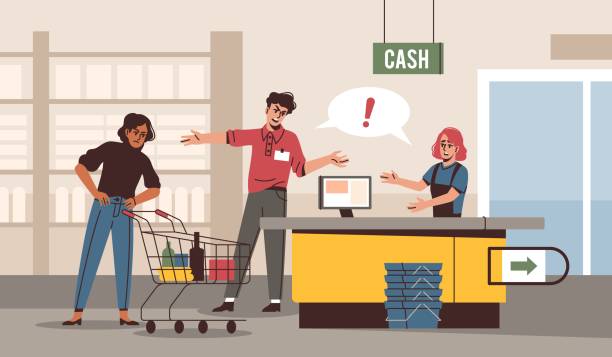Introduction: The days of waiting in line to checkout at the grocery store may soon be a thing of the past, thanks to the rise of cashier-less checkout technology. This new technology uses a combination of sensors, computer vision, and artificial intelligence to automatically track the items shoppers purchase and charge them accordingly—no human interaction is required.
While this may sound like a dream come true for anyone who’s ever been stuck behind a slow-moving customer at the grocery store, there are some potential drawbacks to this technology that is worth considering. In this blog post, we’ll take a look at both the pros and cons of cashier-less checkout technology so you can decide if it’s right for you.
The Pros of Cashier less Checkout Technology
Several advantages come with using cashier-less checkout technology. First and foremost, it can save shoppers a significant amount of time. With traditional checkouts, shoppers have to wait in line for an available register, unload their items onto the conveyor belt, bag their purchases, and then interact with a cashier before they can finally leave the store. With cashier-less checkouts, however, they can simply walk out of the store with their items—the system will automatically keep track of what they’ve purchased and bill them accordingly.
In addition to being more convenient for shoppers, cashier-less checkouts can also help retailers save on labor costs. With traditional checkouts, retailers have to staff each register with a trained cashier. But with cashier-less checkouts, they can instead use that money to invest in other areas of their business, such as customer service or inventory management.
Finally, many people are concerned about data privacy these days, and for good reason. Thankfully, cashier-less checkout technology doesn’t require customers to share any personal information—such as their name or credit card number—to use it. Instead, customers simply need to create an account with the retailer and link it to a payment method (such as a debit or credit card) before they can start using the system. This helps to ensure that customers’ personal information stays safe and secure.
The Cons of cashier less Checkout Technology
Despite all of its benefits, there are also some potential drawbacks to using cashier-less checkout technology. One such drawback is that it could lead to fewer jobs for cashiers and other retail workers. As we mentioned earlier, one of the main advantages of this technology is that it helps retailers save on labor costs by eliminating the need for staffed registers. However, this also means that many people who rely on these jobs could potentially lose them if stores switch over to fully automated systems.
Another potential drawback is that it could make it easier for shoplifters to steal merchandise without being caught. With traditional checkouts, store employees can keep an eye on customers as they bag their items and make sure that they’re paying for everything before they leave the store. But with cashier-less checkouts, customers can simply walk out of the store without anyone monitoring their purchases—making it easy for them to pocket items without paying for them.
Finally, some people may simply feel uncomfortable with the idea of not having anyone around during the checkout process. For some people (myself included), part of the appeal of going to brick-and-mortar stores is being able to interact with other human beings—even if it’s just small talk while waiting in line at the register. With Cashier less checkouts, that human interaction is eliminated. Whether or not this is a deal-breaker is entirely up to you.
Conclusion:
So there you have it—a look at both the pros and cons of cashier-less checkout technology. As you can see, there are some definite advantages to using this type of system (particularly in terms of convenience and efficiency). However, some potential drawbacks are worth taking into consideration before making the switch (such as job loss and increased opportunities for shoplifting). Ultimately only you can decide if cashier-less checkout technology is right for you—but we hope this article has helped you weigh your options!
